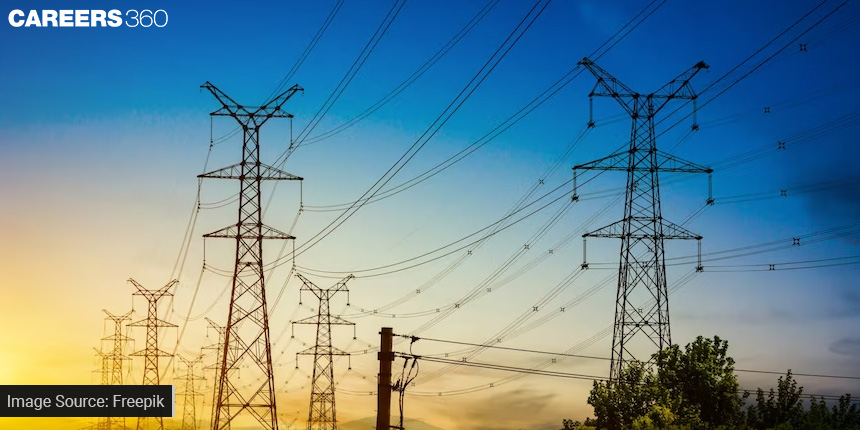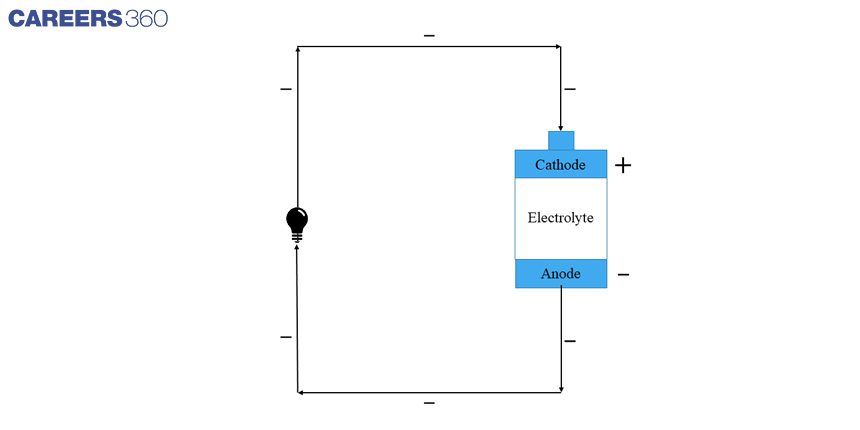Exploring Energy Storage: Batteries, Capacitors and Beyond For A Greener World
Imagine a world without the ability to power our smartphones, electric cars, or store the energy from the sun and the wind. Energy storage is like a magical box that helps keep our gadgets running and lets us use clean energy from the sun and wind whenever we want.

In this conversation, we're going to explore how this magic works and learn about two of its most important helpers: batteries and capacitors. We'll also peek into the future and see some new and even more exciting tricks for storing energy. So, let's start our journey into the fascinating world of energy storage!
Batteries
Batteries are tiny powerhouses that keep our gadgets and devices running. They store energy using clever chemistry. Let's look more closely at how they do it.

Batteries are made up of two key components, the anode and the cathode, which function similarly to the positive and negative ends of a magnet. These components are made of unique materials that play an important role in the energy storage of the battery. The electrolyte is a special substance that acts like the secret sauce, allowing charged particles known as ions to move back and forth between the anode and cathode.
A fascinating chemical movement is taking place inside the battery. Chemical reactions occur within the anode, cathode, and electrolyte as you use the battery. These reactions generate electrical energy, which powers your electronic devices. At the same time, electrons flow through a wire from the anode to the cathode, creating an electric current. Ions move through the electrolyte at the same time to balance the charge. The flow of electrons and ions is the magic that allows your devices to function.
The materials used in the anode and cathode determine the voltage of a battery, which indicates its "push" or energy potential. Different batteries have different voltages, which is why the battery in your TV remote feels different than the one in your smartphone. The capacity of the battery, or the size of its energy tank, is determined by the quantity and reactivity of the chemicals contained within. More capacity equates to greater energy storage.
Some batteries are one-time-use wonders; they power your device once and then die (non-rechargeable or disposable batteries). Others, like superheroes, can be charged and used repeatedly (rechargeable batteries). Rechargeable batteries have a superpower: when charged, they can reverse chemical reactions, allowing them to be used multiple times.
Also, check - Mimicry And Camouflage In The Animal Kingdom
Capacitors: The Quick Energy Storers
Now, let's talk about capacitors. They're like the fast runners of energy storage. Unlike batteries, they don't use chemicals; they have their own way of doing things. Imagine capacitors as being quick and nimble. They're like two metal plates that are separated by something that doesn't conduct electricity, called the dielectric.

Something cool happens when you give them some power, such as a zap of electricity. These plates collect electric charges, which can be positive or negative. It's almost like a celebration for these charges. In the space between the plates, this gathering produces an electric field.
Now comes the exciting part. The amount of energy that these capacitors can store is determined by two factors. First and foremost, it is about the "push" or voltage you provide them. The higher the voltage, the more energy they can store. It's similar to blowing up a balloon: the more air you pump into it, the bigger it grows. Second, the capacitance is determined by the size of the plates and the gap between them.
The amazing thing about capacitors is that they can quickly release the stored energy. This makes them ideal for when you need a quick burst of power. Consider the flash of a camera. When you take a photograph, the energy stored in a capacitor is released in the form of a flash of light, brightening the scene in an instant.
Capacitors, however, aren't just for photography. They function as helpful assistants in large electrical systems. They can quickly supply or absorb power to keep things running smoothly. They work like shock absorbers on a bumpy ride, keeping the electrical system balanced and energy-efficient.
While batteries are the long-distance runners of energy storage, capacitors are the sprinters, ready to deliver power in a flash when needed. In our modern world, their unique abilities make them superheroes in specific situations.
Beyond Batteries and Capacitors: Exploring New Horizons
We've met the dependable heroes, batteries, and the quick-thinking sprinters, capacitors, on our journey through the world of energy storage. However, the story does not end there. Beyond these well-known players, there is a world of exciting technologies, each with its own set of advantages and applications.
Supercapacitors: The High-Speed Energy Storers
As a hybrid of batteries and capacitors, supercapacitors stand out. They have an amazing ability to store and release energy quickly. These high-speed energy storers have a superpower: high power density, which means they can deliver a significant amount of power in a very short period of time. Also, they are extremely durable, with a long lifespan and the ability to withstand numerous charge and discharge cycles without fatigue. Supercapacitors are a valuable asset in applications that require quick bursts of power, such as regenerative braking in electric cars or providing rapid acceleration for buses. They also have a place in renewable energy systems and various electronics, providing backup power during brief outages.
Flywheels: The Spinning Energy Savers
Flywheels introduce an intriguing energy storage concept: kinetic energy storage. They're like those twirling spinning toys. Motion is used to store energy, similar to winding up a top. When energy is applied to a flywheel, it accelerates, storing it in its rapid rotation. When the stored energy is required, the true magic occurs. The flywheel can slow down and convert its kinetic energy into electricity seamlessly. Flywheels are ideal for delivering short, powerful bursts of energy and ensuring a consistent power supply during brief outages because of this feature.
Thermal Storage: Harnessing Heat for Later
Some energy storage systems in this category are focused on capturing and retaining heat. They make use of special materials such as molten salt and phase-change substances, which are capable of retaining large amounts of heat. When electricity is needed, these stored heat reserves can be used to generate it. Solar thermal power plants, on the other hand, use the sun's heat to generate electricity. These plants store excess heat on sunny days for use during cloudy spells or at night. It's analogous to storing the warmth of the sun for a rainy day, demonstrating an inventive approach to energy storage.
Fuel Cells: Clean Energy Creators
Fuel cells, as opposed to traditional batteries, provide an alternative method of generating electricity through chemical reactions. They use chemical processes, frequently involving hydrogen and oxygen, to generate electricity and water as byproducts. What distinguishes fuel cells is their status as a clean energy storage technology. They are well-known for producing electricity with no harmful emissions, making them eco-friendly. Fuel cells are being used in a variety of applications, including some vehicles and stationary power systems, to help create a cleaner and more sustainable energy future.
Future Trends in Energy Storage
The future of energy storage is all about developing new and improved materials and technologies. This includes making batteries, capacitors, and other types of storage devices more efficient, long-lasting, and safe to use. These advancements will make energy storage smaller and more powerful, making it easier to use in a variety of applications.
Being environmentally conscious is critical for the future of energy storage. We want clean energy storage that does not harm the environment. As a result, we're working to use less rare and dangerous materials. We also want to recycle and reuse energy storage devices to keep them out of the landfill.
Renewable energy, such as solar and wind power, is incredible but occasionally unpredictable. The future of energy storage is about ensuring that we can save energy when it is plentiful (such as when the sun shines) and use it when we need it, even when the sun isn't shining or the wind isn't blowing. This way, we can always have reliable and green energy.
Also, check - Is There A Maths Shortcut For Stock Market Success?
In short, the future of energy storage is all about better materials and technology, environmental protection, and making energy storage work perfectly with renewable energy sources. This will contribute to cleaner, more reliable energy in the future.
Applications for Admissions are open.
As per latest syllabus. Physics formulas, equations, & laws of class 11 & 12th chapters
JEE Main Important Chemistry formulas
Get nowAs per latest syllabus. Chemistry formulas, equations, & laws of class 11 & 12th chapters
JEE Main high scoring chapters and topics
Get nowAs per latest 2024 syllabus. Study 40% syllabus and score upto 100% marks in JEE
JEE Main Important Mathematics Formulas
Get nowAs per latest syllabus. Maths formulas, equations, & theorems of class 11 & 12th chapters
